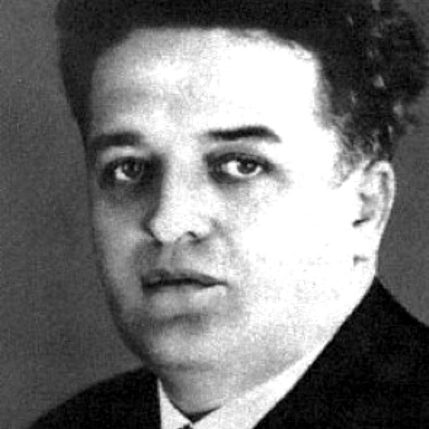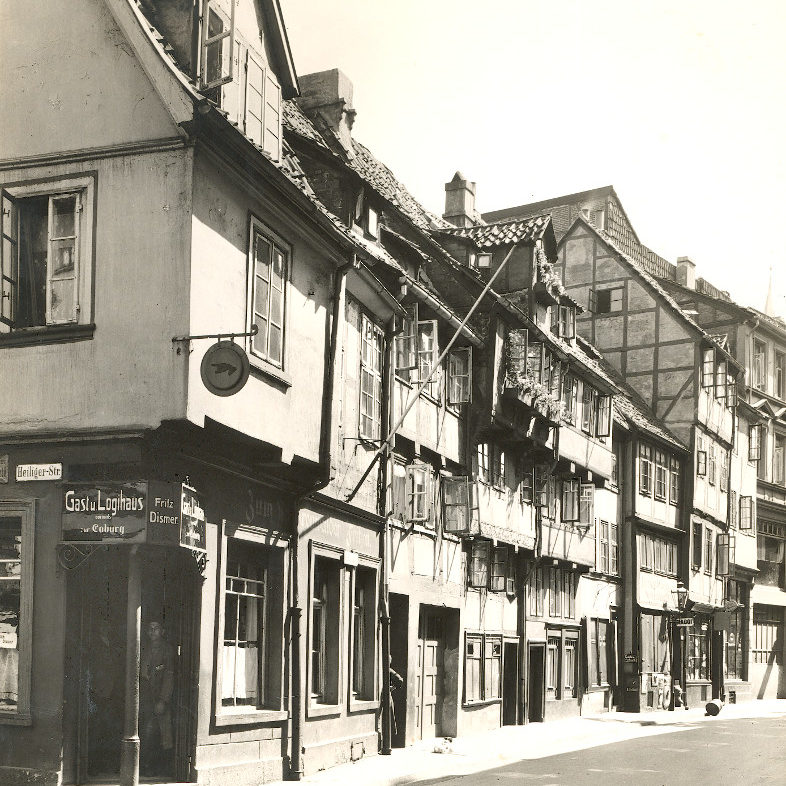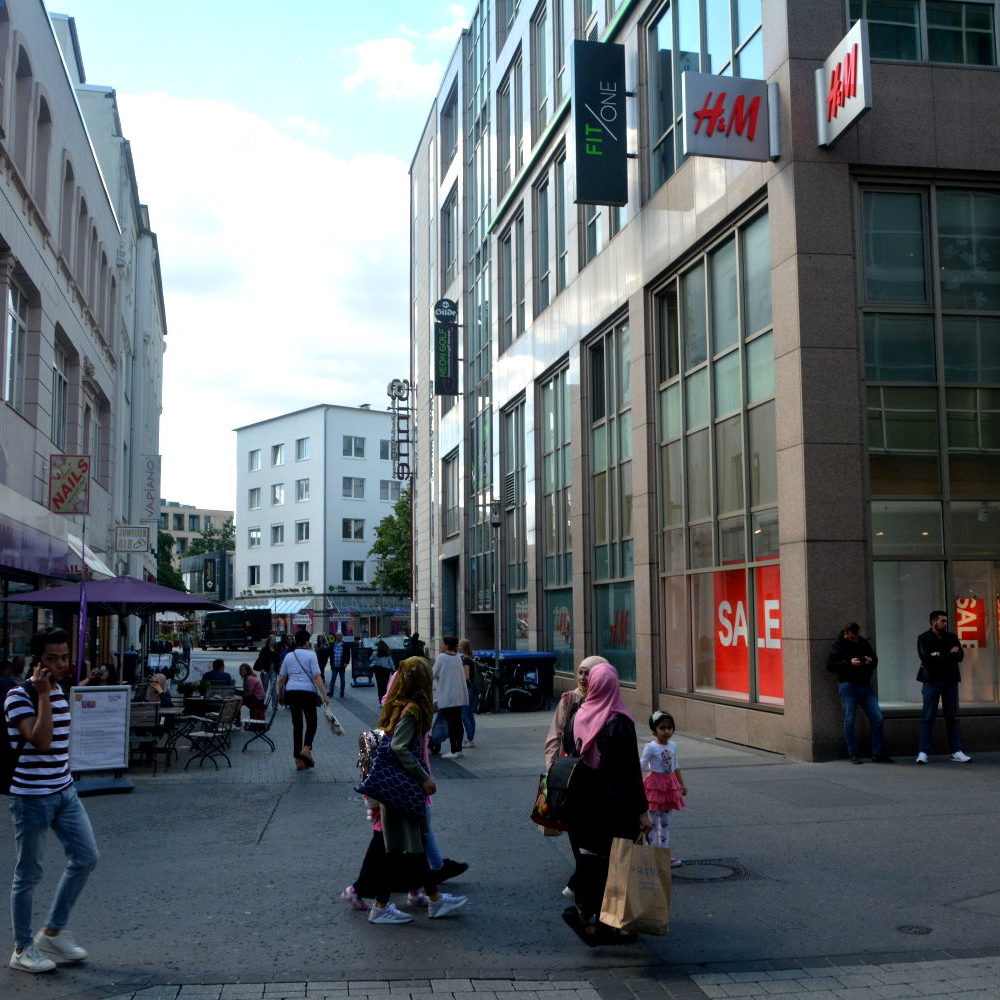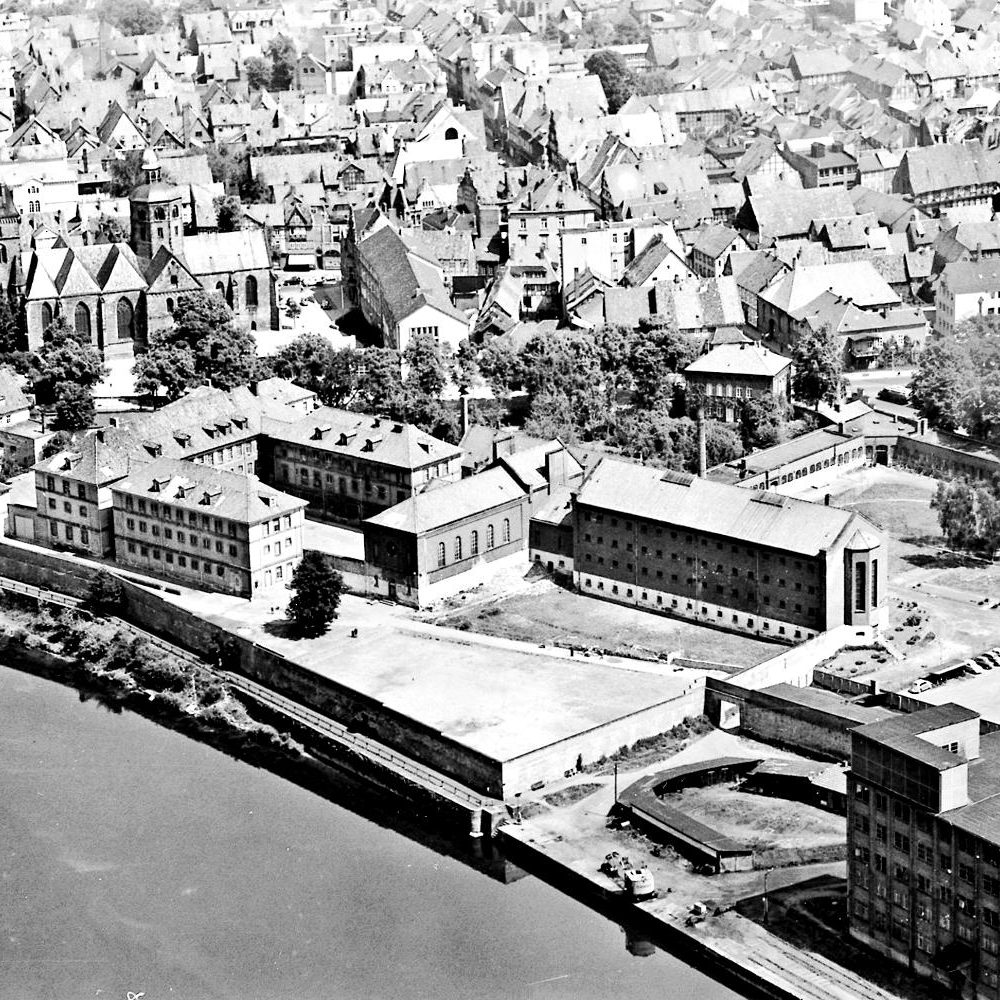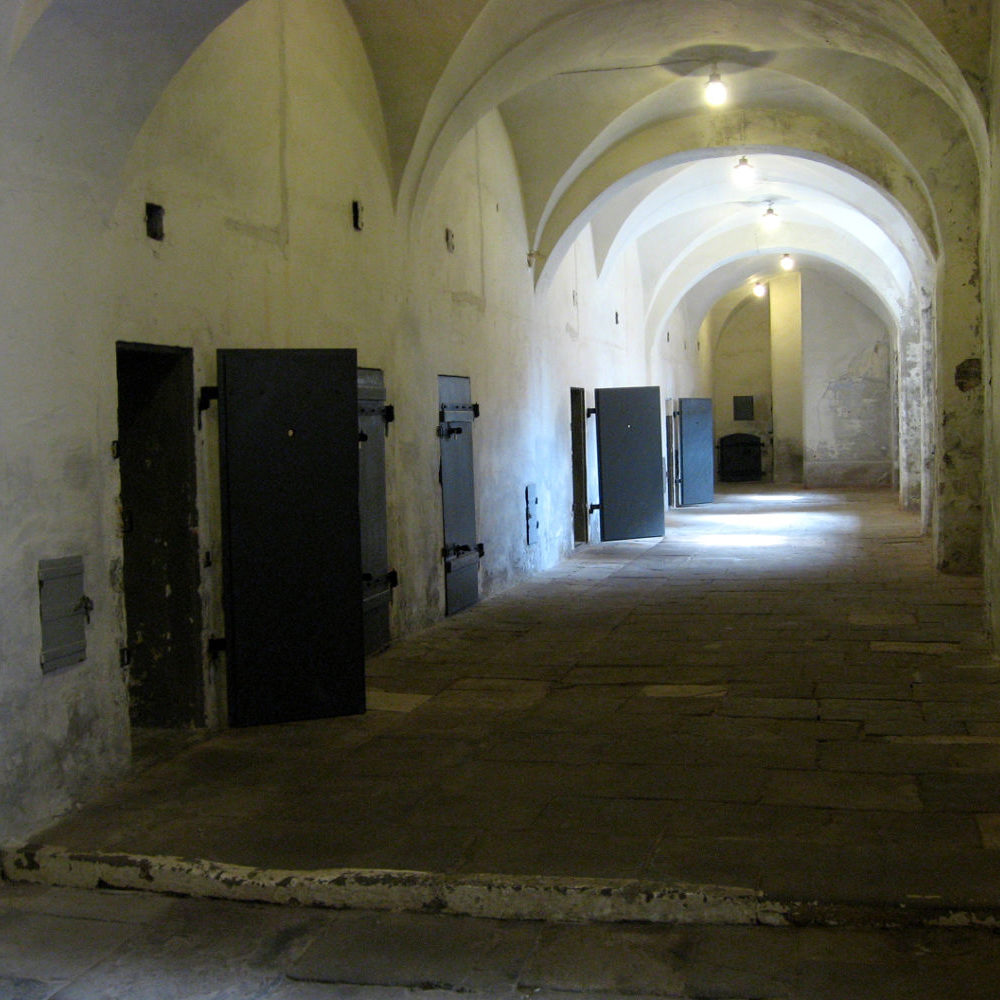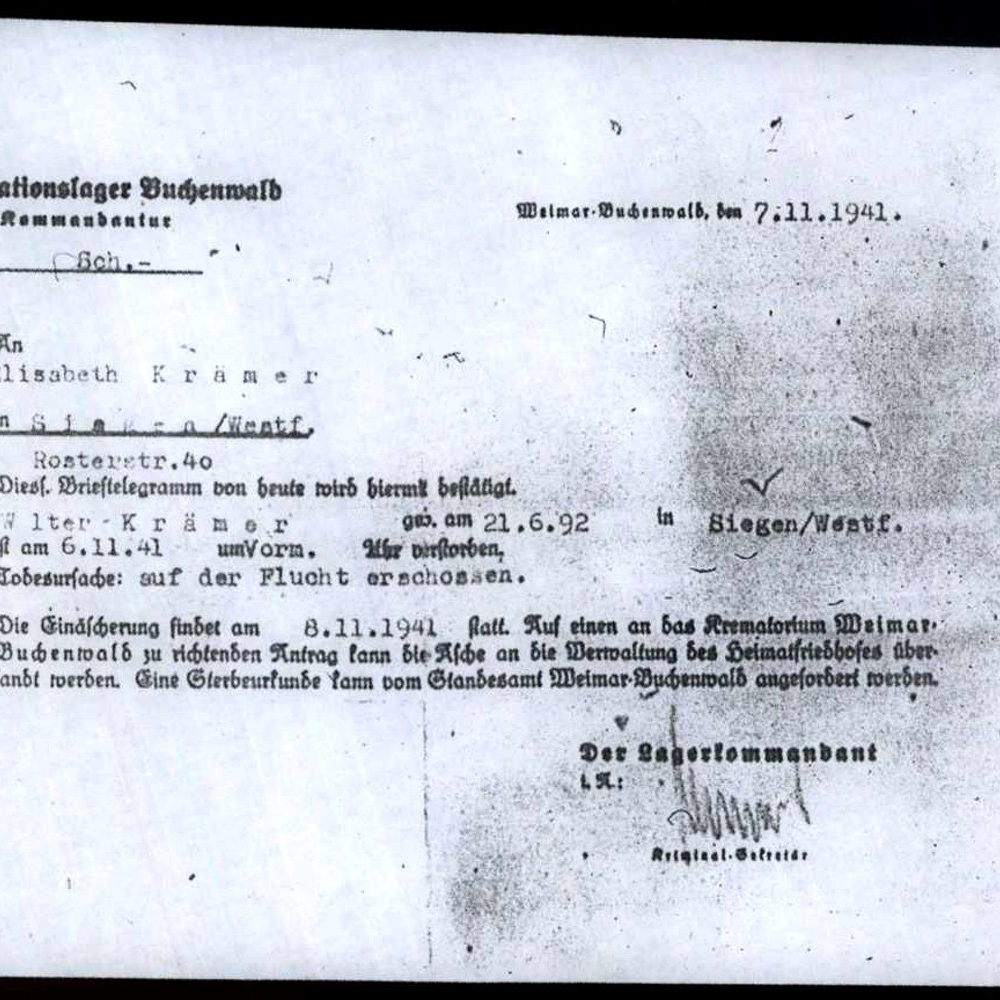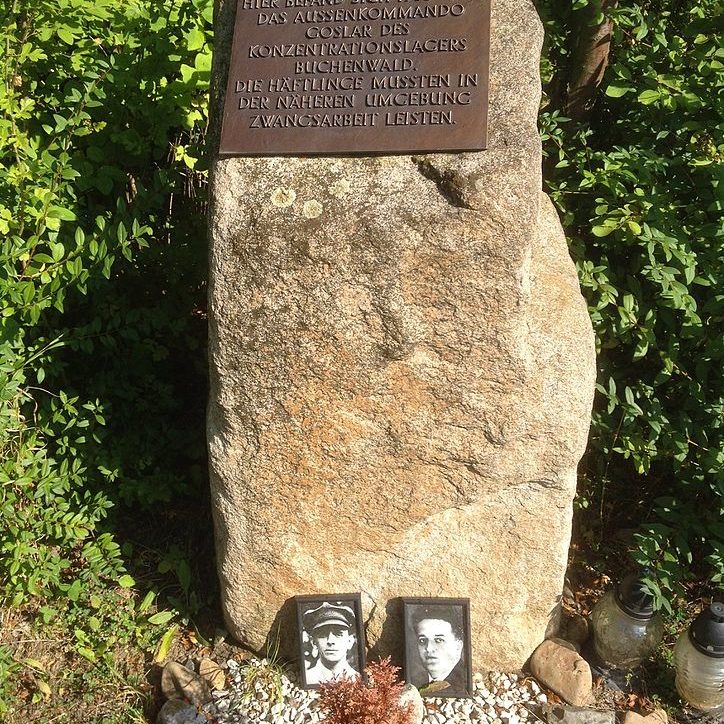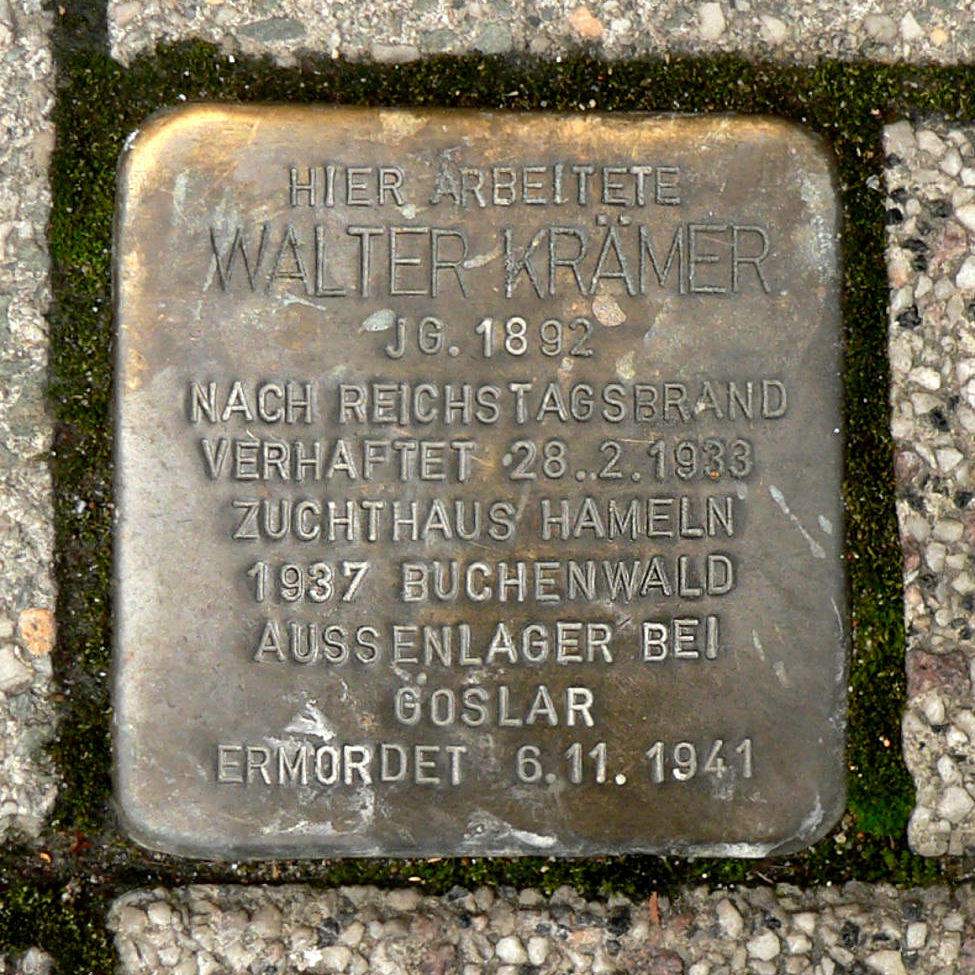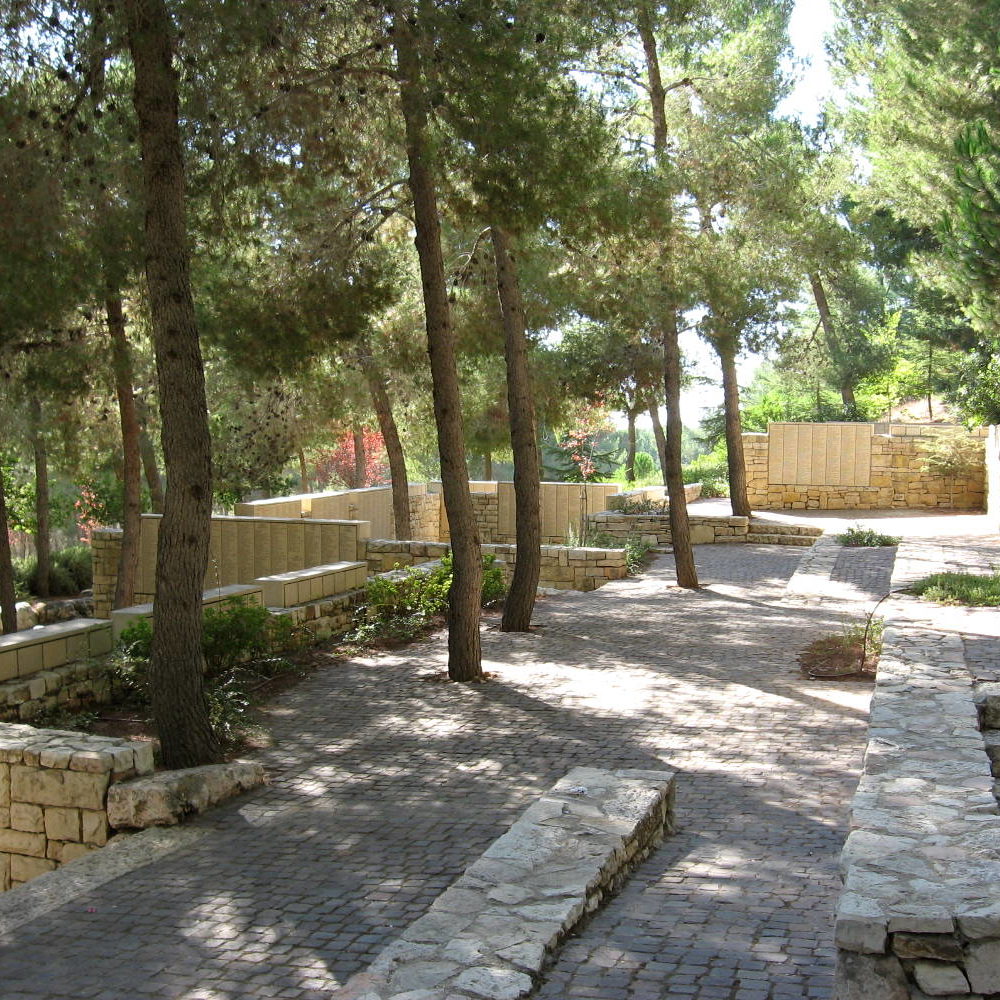Walter Krämer (1892-1941), a communist politician, falls into the clutches of the National Socialists shortly after the transfer of power – and they never relinquish their grip on him. As a prisoner functionary in Buchenwald concentration camp, he does so much for his fellow inmates that the Israeli remembrance centre Yad Vashem honours him posthumously as a “Righteous Among the Nations”.
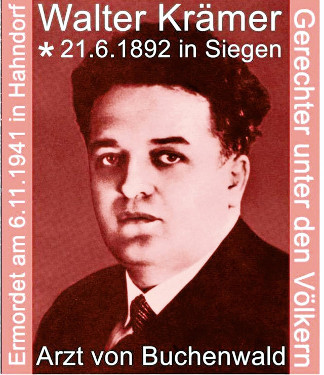
Party career
Walter Krämer, born in Siegen, trains as a locksmith and in 1910 volunteers for the Imperial Navy. There he serves throughout the First World War; faced with the hopeless military situation, he joins the revolutionary sailors’ mutinies in 1918. His political path takes him further to the left. Milestones include becoming a member of the Independent Social Democratic Party of Germany [Unabhängige Sozialdemokratische Partei Deutschlands abbreviated to USPD], which was a left-wing faction that broke away from the Social Democracy movement in 1919, taking part in the Ruhr uprisings against the reactionary Kapp Putsch in 1920, and joining the Communist Party of Germany [Kommunistische Partei Deutschlands abbreviated to KPD] in 1921. There, Krämer begins a career that will eventually take him to the Prussian Landtag [representative assembly] in Berlin as a delegate. After periods spent in the Siegerland, Ruhr region and Hesse, in May 1932 he is transferred by the party to Hanover to work as the political district secretary. This makes him the last legal KPD leader in what is today Lower Saxony. His place of residence is registered as being at the headquarters of the district office of the KPD at Heiligerstrasse 16 – which is why in 2012 the Stolperstein [stumbling stone] in his memory is placed there.
Arrest and concentration camp
Regardless of who set fire to the Berlin Reichstag on the night of 27-28 February 1933, the leadership of the National Socialist Party immediately seizes the opportunity to strike a blow against the political left. The following day, a decree by the Reich President (“Reichstag Fire Decree”) suspends the fundamental rights of the Weimar Constitution. As in the whole of Germany, the officials and activists of the KPD are arrested first, including 140 people in Hanover by the beginning of March. Walter Krämer is arrested on the night of the Reichstag fire in Ricklinger Strasse and taken to the court jail behind the railway station. The Berlin People’s Court sentences him one year later to three and a half years in prison for “high treason”. After Walter Krämer has served his sentence in Hameln prison and then again in Hanover court jail, he is still not released: the Gestapo is already waiting at the prison gate to take him into “protective custody”. This procedure, common practice since February 1933, fills the concentration camps with opponents of the regime. Krämer’s stations of suffering are Lichtenburg concentration camp near Torgau in 1937 and the recently established Buchenwald concentration camp near Weimar.
A “Kapo” in the infirmary block at Buchenwald
A total of almost 280,000 people from all over Europe are imprisoned in the concentration camp on Mount Ettersberg and its 139 subcamps at times. At the end of the war, Buchenwald is the largest concentration camp in the German Reich. In all camps, the SS entrusts the internal organisation to so-called prisoner functionaries (known as “Kapos”). The illicit Buchenwald International Camp Committee, made up of political prisoners, tries to fill key positions such as the typing pool, work statistics or the prisoners’ hospital with its own people, thereby creating spaces protected from the terror of the SS and where underground work can be carried out. Walter Krämer is appointed “Kapo” in the infirmary block. He reorganises patient care and – having originally been a medical layman – successfully performs operations himself. He saves Soviet prisoners of war suffering from tuberculosis from certain death, and succeeds in getting a special camp for mostly stateless Jews from Vienna and the occupied eastern territories closed down, citing the risk of epidemic
Death and honouring
The illegal activities of the political prisoners do not go undetected by the SS. The camp Gestapo marks Krämer’s file with the comment: “Must not be released!”. At the beginning of November 1941, he is initially imprisoned in the “bunker” and then taken to the Buchenwald subcamp at Goslar-Hahndorf. On the morning of 6 November, it is here that SS guards shoot him dead while “on the run” – the usual term used to disguise murder. His widow receives an urn with his ashes from the concentration camp administration, which is interred in Siegen in November 1941.
As early as 1946, fellow prisoner and publicist Eugen Kogon pays tribute to Walter Krämer’s courageous actions in his book “Der SS-Staat” [The SS State]. In the GDR [German Democratic Republic, the former East Germany], Bruno Apitz’s novel about Buchenwald “Naked Among Wolves” [Nackt unter Wölfen] in particular made him well known as the “Doctor of Buchenwald”. In 1999, Krämer is posthumously awarded the title “Righteous Among the Nations” by the Israeli remembrance centre Yad Vashem for saving fellow Jewish prisoners. More than 400 people attend the ceremony in Siegen held by the Israeli ambassador on 11 April 2000, marking the 55th anniversary of the liberation of Buchenwald concentration camp. Yet commemorating him in his home town has long proved difficult; there are too many misgivings on the part of the conservatives against the former communist official, whose party was involved in the destruction of the Weimar Republic. Even in 2007, a citizens’ proposal with the aim of renaming Adolf-Stöcker-Strasse, called after a leading political anti-Semite, Walter-Krämer-Strasse fails. Finally, in 2012, Siegen City Council decides by majority vote to name the square in front of the main entrance of the district hospital “Walter-Krämer-Platz”. A stone pedestal bearing his portrait is inaugurated there in 2016.
Additional online information
Wikipedia entry Walter Kraemer
Working Group on National Socialist Memorials in North Rhine-Westphalia Walter Krämer [in German]
Wikipedia entry Kapo (Prisoner functionary)
Yad Vashem World Holocaust Remembrance Center The Righteous Among the Nations
ZeitZentrum Zivilcourage Stolpersteine in Hanover [in German]
Further reading: Click here
Texts and images: Michael Pechel

